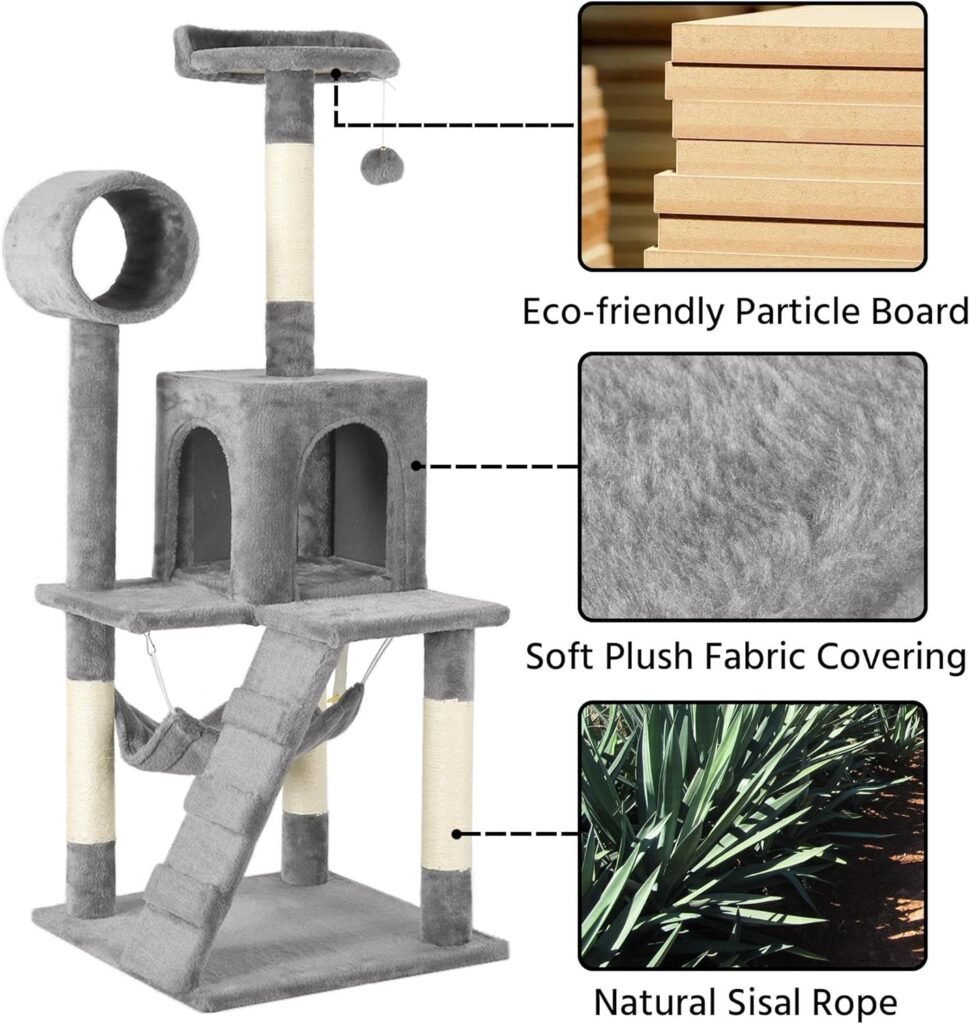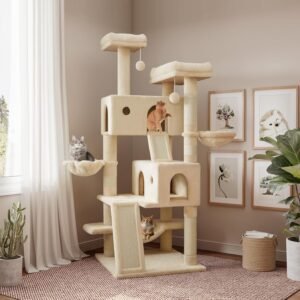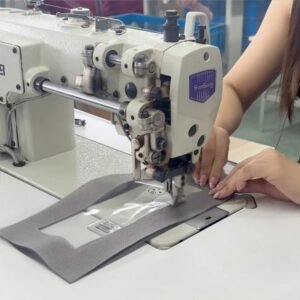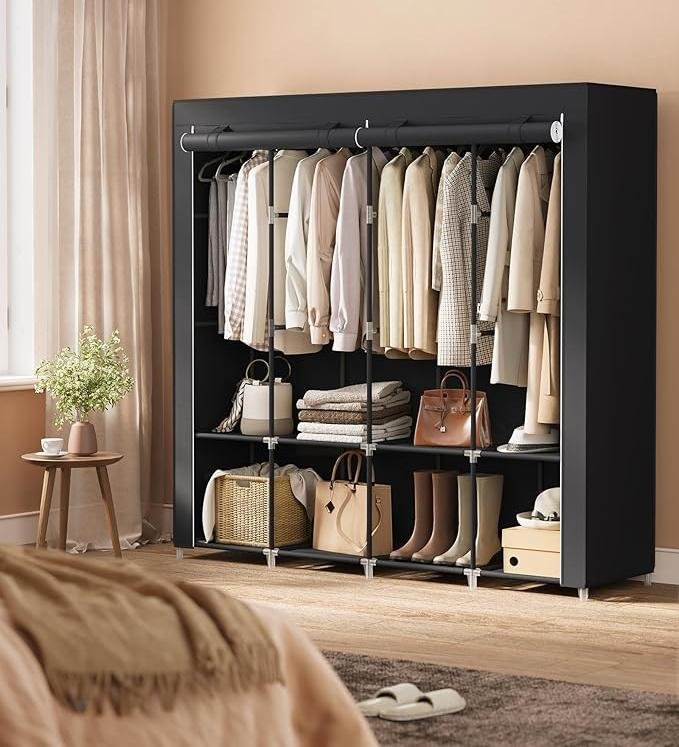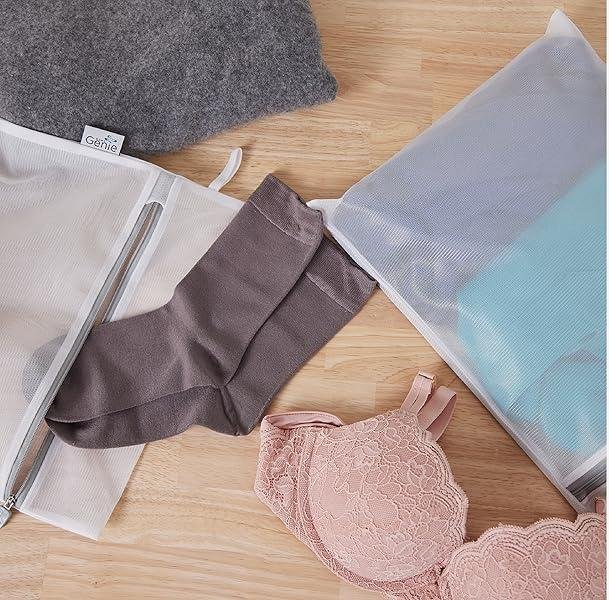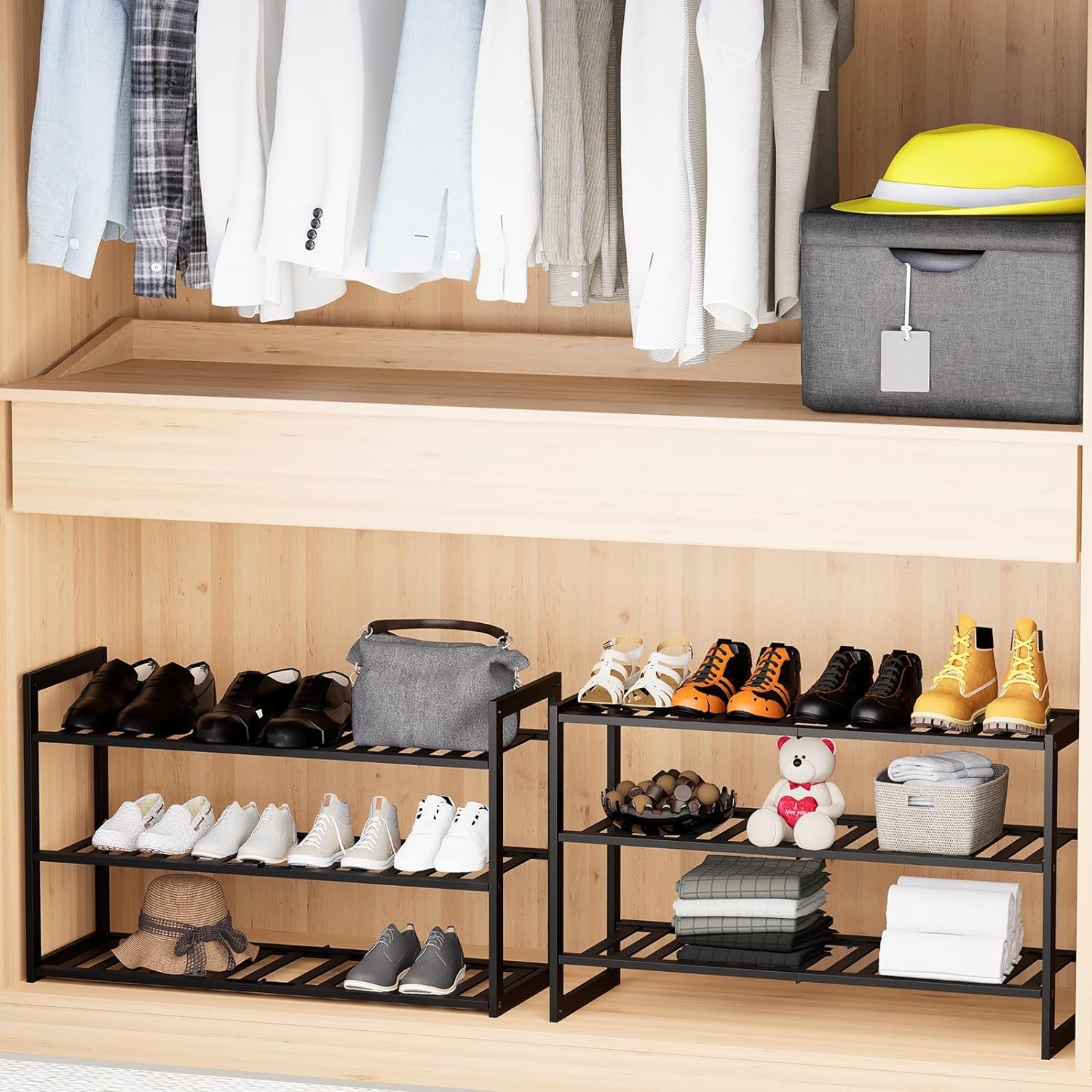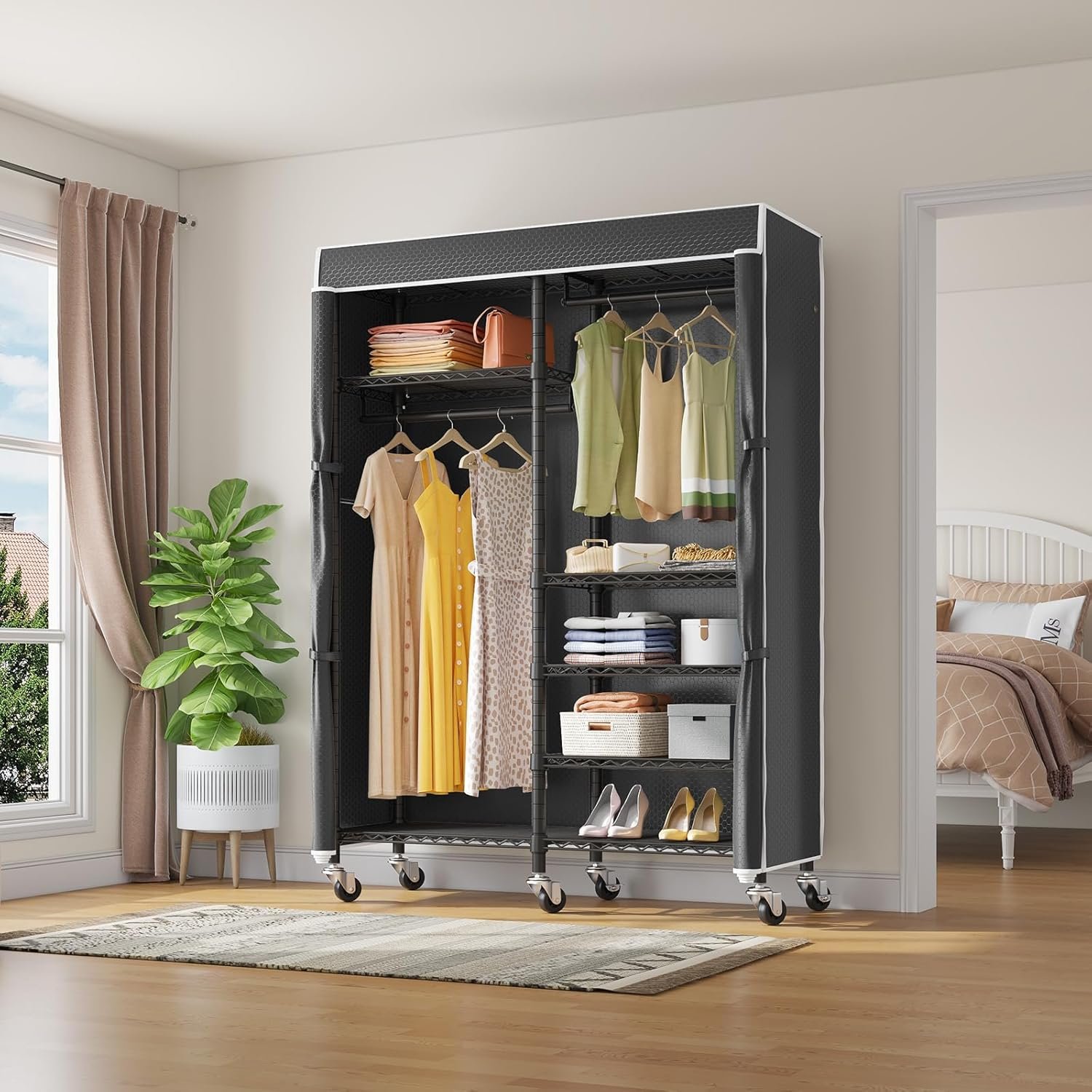Understanding What Cat Trees Are Made Of: A Guide for B2B Buyers
If you’re involved in sourcing or retailing cat products for Chain Supermarkets, Department Stores, Wholesalers, Distributors, or Online Retailers, understanding what cat trees are made of is crucial. Knowing the materials used in the construction of cat trees will help you make informed decisions and ensure you provide high-quality products that meet customer expectations.
Cat trees are primarily made from materials such as wood, MDF (medium-density fiberboard), sisal rope, carpet, and various fabrics. These components are chosen for their durability, comfort, and ease of maintenance. For businesses, selecting the right materials is crucial for product quality and customer satisfaction.
Dive deeper into the specifics of cat tree materials and discover how choosing the right components can enhance your product offerings.
What Are Cat Trees Made Of?
Cat trees, also known as cat condos or cat towers, are constructed from several key materials that ensure both functionality and durability. Here’s a breakdown of the most common components:
1. Wood and MDF
Wood: High-quality cat trees often use solid wood for structural components. Wood is sturdy and provides a stable base for the cat tree. It is also easy to customize with finishes and stains to match various interior designs.
MDF: Medium-density fiberboard (MDF) is a popular alternative to solid wood. It’s a composite material made from wood fibers, wax, and resin. MDF is cost-effective and offers a smooth surface for upholstery.
2. Sisal Rope
Sisal rope is a staple in cat tree construction. It is used to wrap around scratching posts and perches. This natural fiber is durable and provides an ideal surface for cats to scratch, helping to keep their claws healthy and reduce furniture damage.
3. Carpet
Carpet is commonly used to cover various surfaces of cat trees. It adds comfort and traction, making the cat tree more inviting for cats. Carpet also helps to muffle noise and add a touch of warmth. Options vary from plush, high-density carpets to more economical, low-pile versions.
4. Fabrics
Velvet and Microfiber: These fabrics are chosen for their softness and aesthetic appeal. Velvet offers a luxurious feel, while microfiber is known for its durability and ease of cleaning.
Fleece: This material is often used in more budget-friendly models. It’s soft, easy to clean, and provides a comfortable lounging area for cats.
Why Material Choice Matters
Choosing the right materials for cat trees is crucial for several reasons:
– Durability: High-quality materials ensure that the cat tree withstands regular use and scratching.
– Safety: Non-toxic and sturdy materials protect cats from potential injuries.
– Aesthetics: The choice of fabric and finish affects the overall look, aligning with your brand’s image and appeal to customers.
Our Manufacturing Capabilities
At Great Shine, we specialize in crafting premium cat trees designed to meet both functionality and style. We operate from two state-of-the-art factories spanning 10,000 square meters, equipped with multiple production lines. Our facilities allow us to handle large-scale orders and support both OEM (Original Equipment Manufacturer) and ODM (Original Design Manufacturer) projects.
We pride ourselves on our flexibility and capability to produce custom designs that align with your brand’s needs. Whether you’re looking for standard models or bespoke creations, our team is ready to deliver top-quality cat trees that cater to your business requirements.
Conclusion
Understanding what cat trees are made of helps you make better decisions for your product line. If you’re looking for high-quality, customizable cat trees, our manufacturing expertise and facilities can offer exactly what you need. What specific features are you looking for in your next cat tree order?

